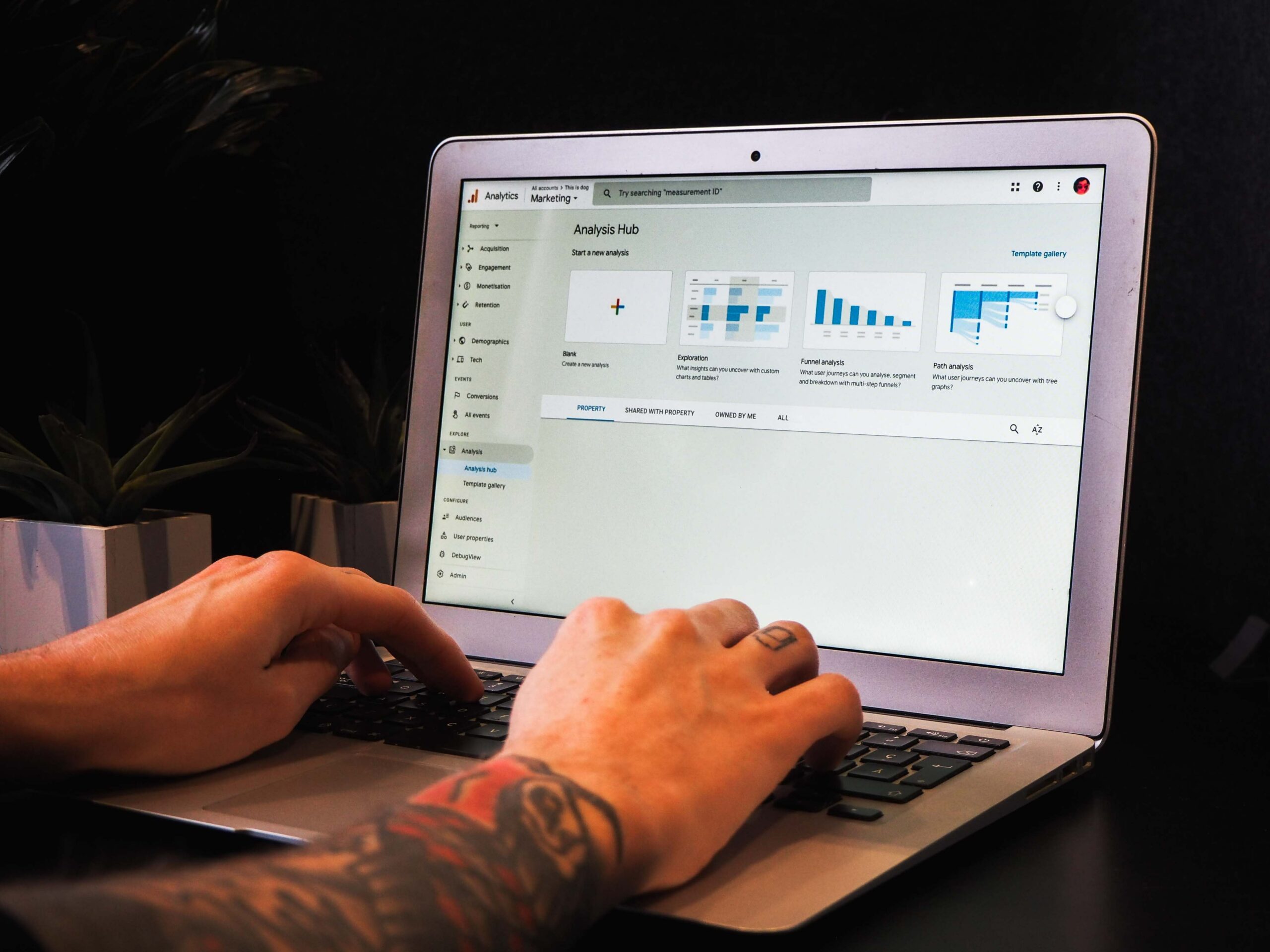You may have seen results such as 34.2 conversions in your Google Data Studio report or your Google Analytics. If you wondered what on earth 0.2 of a conversion means, read on to find out…
What is a conversion?
In short, a conversion is registered when a visitor performs an action you are tracking. Each time, Google Analytics will record 1 conversion, typically for actions such as
- fills out a contact form
- clicks on an email address
- makes a call (if you have phone tracking setup)
- completes a purchase
>>>learn more about what conversions are and how they can help you
Since visitors can’t purchase 0.2 of a product or send 0.2 of an enquiry, it’s understandable that this can cause confusion.
The short answer is that the credit for 1 conversion is being shared between multiple clicks or marketing channels. Google might give 20% of the credit to the ad then 80% to the organic result, resulting in 0.2 conversions appearing.
Sharing the credit for a conversion
If somebody clicks your advert then converts on the site, then it’s easy to say that click generated 1 conversion. It’s a very simple cause and effect.
But, it isn’t always that simple.
For example, what if somebody…
- clicks your advert
- goes away to think
- clicks on your organic result the next day
- converts on that second visit
It is difficult to say whether that ad click or organic click deserves the credit, or if it should be somehow shared between the two.
This is what’s typically called conversion attribution, a topic with no black and white answers.
If you have encountered a conversion that’s not a whole number, then the conversion was probably split between two sources. Perhaps one visitor clicked on an ad, did another search then clicked on another of your ads or an organic result.
Splitting Attribution Between Multiple Touch Points
As a marketing funnel becomes more complex, the number of touch points rapidly stacks up. There might be initial ads, remarketing ads and clicks from emails all in the mix. The question becomes how to measure the impact of each element.
Google has several built-in options. Three that would cause partial conversions are:
Linear gives each touchpoint equal credit, so if four touches were involved each would record 0.25 conversions.
Time Decay prioritises more recent conversions, so there may be two touches where one records 0.2 conversions and the other 0.8.
Position Based gives more credit to the first and last touch, giving 0.4 conversions to the first and last click with the others sharing the remaining 0.2.
Each of these models has pros and cons which are beyond the scope of this article.
If you would like assistance working out the effectiveness of each of your marketing stages, contact us at hello@nivo.co.uk to discuss how to best set up your tracking and attribution.







